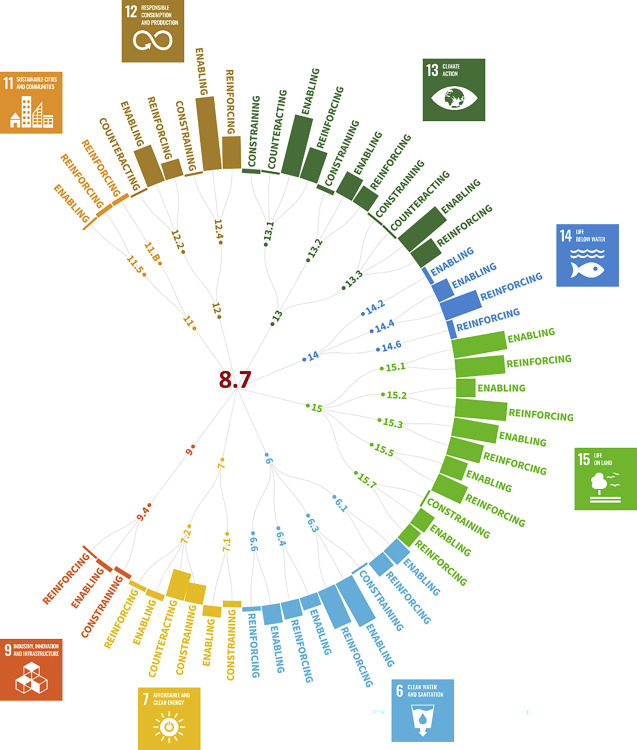Elsevier, Antiviral Research, Volume 186, February 2021
Hepatitis B virus (HBV) poses a major global health burden with 260 million people being chronically infected and 890,000 dying annually from complications in the course of the infection. HBV is a small enveloped virus with a reverse-transcribed DNA genome that infects hepatocytes and can cause acute and chronic infections of the liver. HBV is endemic in humans and apes representing the prototype member of the viral family Hepadnaviridae and can be divided into 10 genotypes.
Elsevier,
EClinicalMedicine, Volume 32, February 2021
A Research Paper on obesity, in the context of SDGs 3, 9, and 11, focusing specifically on the role of multi-level and multi-component interventions addressing healthy nutrition, physical activity, and education to mitigate the rising epidemic.
Elsevier, The Lancet Global Health, Volume 9, February 2021
An Article in support of SDG 3, showing that the age-adjusted prevalence of blindness has reduced over the past three decades, yet due to population growth, progress is not keeping pace with needs and vision impairment remains an urgent and increasingly important public health priority.
Elsevier,
The Lancet Regional Health - Western Pacific, Volume 7, February 2021
This paper supports SDG 3 by analysing the current national action plans of ten ASEAN countries and their alignment with the Global Action Plan on antimicrobial resistance, highlighting five key themes: policy design, implementation tools, monitoring and evaluation, sustainability, and One Health engagement.
Elsevier, Heliyon, Volume 7, February 2021
Plastic products have played significant roles in protecting people during the COVID-19 pandemic. The widespread use of personal protective gear created a massive disruption in the supply chain and waste disposal system. Millions of discarded single-use plastics (masks, gloves, aprons, and bottles of sanitizers) have been added to the terrestrial environment and could cause a surge in plastics washing up the ocean coastlines and littering the seabed.
Elsevier,
Public Health in Practice, Volume 2, 2021,100095,
A call for research into how planetary health, specifically public health, is linked to climate change and how humans are changing the planet. Climate change and biodiversity loss are impacting human immunity and disease outbreaks

